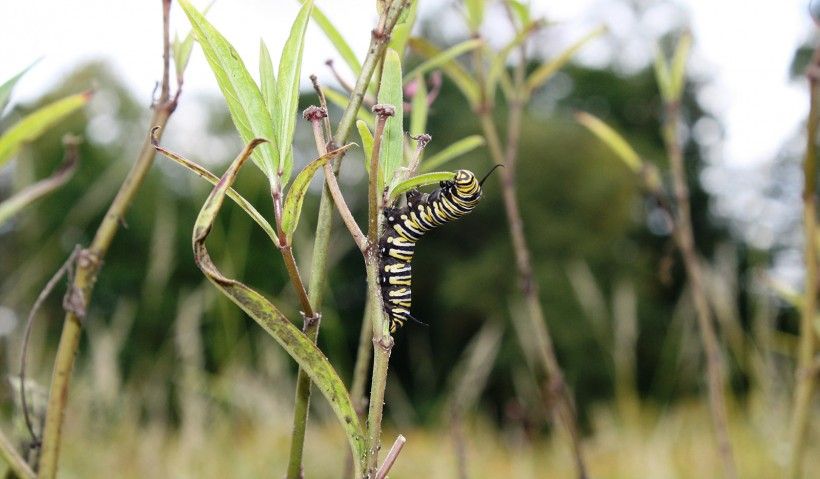Image

Untimely mowing can result in high levels of insect mortality. Insect eggs, larvae, pupae and even adults may be killed directly by the mower, and mowing also destroys landscape features that provide structural diversity and may impact nesting areas used by pollinators. To limit mortality to monarchs and other pollinators, the following guidelines are recommended for established native plantings:
- Avoid mowing the entire habitat to leave refuge areas for wildlife using the site at the time of mowing. This will allow for recolonization of the mowed site. Leave areas that may be good nesting or overwintering sites (leaf litter, dead stems, other ground cover) for pollinators or other wildlife, or known host plant areas if mowing during peak reproduction. Marking known areas may prevent accidental mowing.
- Timing of mowing is critical. Do not mow during times of high monarch reproduction or migration. In our region, best times to mow are before May 1st and after October 1st.
- If possible, avoid mowing while native plants are in bloom or before they have dispersed seed.
- Limit mowing to no more than twice per year, and even less if possible. Mowing too frequently disrupts plant growth and the ability of forbs (wildflowers) to compete with grass species.
- Use a flushing bar and cut at reduced speeds to allow wildlife to escape prior to mowing.
- Use a minimum cutting height of 8-12 inches (shorter heights may be needed for early establishment mowing). Mowing at this height will effectively remove seed producing parts of most invasive plants while minimizing impact to native plants and many insects.
- Avoid mowing at night, when insects are inactive and unable to escape.